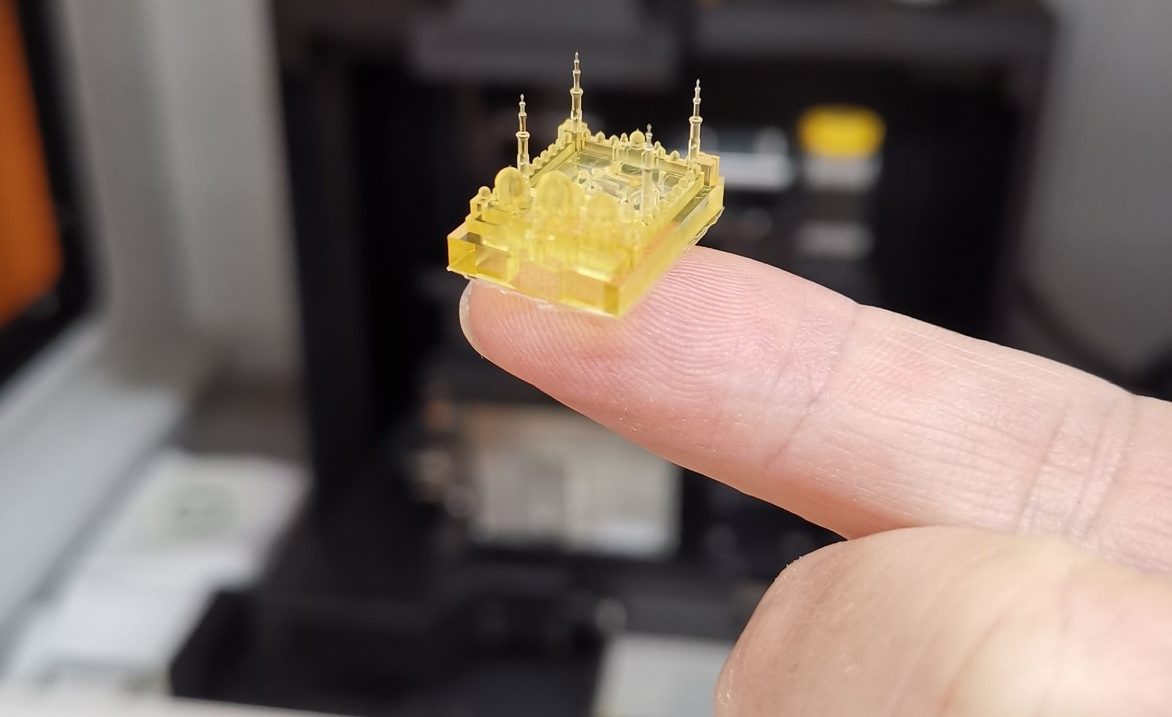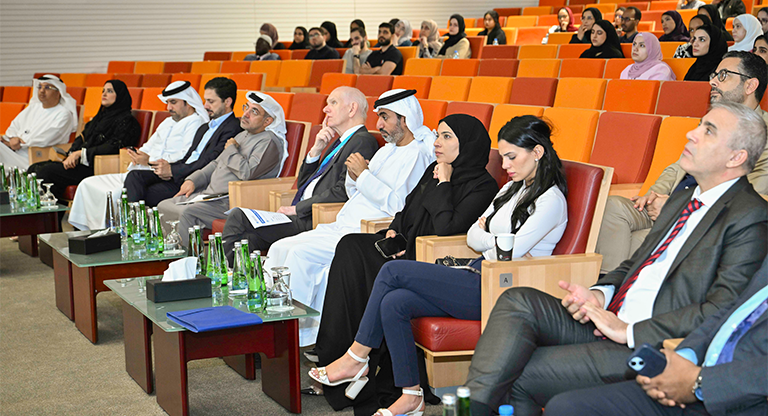
Hydrogels aren’t new but conventional fabrication methods leave much to be desired in controlling their detailed structure and properties. A team of researchers from Khalifa University, led by Prof. TieJun Zhang, has investigated how 3D printing can produce hydrogel devices for myriad advanced applications.
The soft, pliable and thin material that make up more than 90 percent of contact lenses prescribed in the United States are made possible by hydrogels: water-swollen polymeric materials that maintain a 3D structure.
But hydrogels have far more applications than just correcting vision: They are one of the most promising materials, revolutionizing many applications including artificial organs, drug delivery, soft electronics, and enhanced water evaporation and purification.
The 3D network of hydrophilic polymers that can swell in water while maintaining their structure is dynamic, tuneable, harmless to living tissue, biodegradable, and capable of encapsulating large amounts of water.
Fabricating hydrogels into complex three-dimensional structures could expand their functionality in ways that were not possible using traditional moulding methods. Recent advances in additive manufacturing — or 3D printing — allow hydrogel fabrication to overcome the limitations of conventional fabrication methods.
Light-based stereolithography is one such additive manufacturing technique. A light source — a laser or projector — cures liquid resin into hardened plastic. When these resins are exposed to certain wavelengths of light, short molecular chains join together, polymerizing monomers into solidified rigid or flexible shapes. This technique is highly accurate and offers the sharpest details and smoothest surface finishes of all 3D-printing techniques. The main benefit, however, is its versatility.
Khalifa University PhD student Afra S. Alketbi investigated how curing and ink formulation affect the toughening or hardening of the 3D-printed hydrogels. Ms. Alketbi worked with Dr. Hongxia Li, Postdoctoral Fellow; Dr. Aikifa Raza, Research Scientist; Dr. TieJun Zhang, Professor of Mechanical Engineering; and Prof. Yunfeng Shi from Rensselaer Polytechnic Institute (RPI), USA. The researchers found that a hydrogel’s elasticity and pore formation highly depends on the exposure time, light intensity, and the associated degree of crosslinking. Their results were published in Soft Matter.
When chemically crosslinked hydrogels are produced by stereolithography, the covalent bonding between the chains offers enhanced mechanical strength. However, this mechanical strength is also strongly related to the precursor solution — the 3D printer ”ink.” This dictates the mechanical properties and physical integrity of the resulting hydrogels, along with other physical properties such as how the hydrogels swell with water and their water content once swollen. The researchers also discuss how the addition of solvent to dilute the precursor solution or to allow for the direct print of hydrogels, when using water as the solvent, imposes a new set of challenges. Solvents can hinder the polymerization process and lead to reduced crosslinking and compromised structural integrity.
“To meet the requirements of all the applications of hydrogels, it is important to maintain the pertinent mechanical properties, functionalities, and structural integrity for long-term operation,” Prof. Zhang said. “This work provides new molecular insights into the relationship between processing and the resulting structure developed by stereolithographic-hydrogel printing.”
To better understand how solvents, the precursor solution, and the amount and intensity of light affect the production of hydrogels, the researchers used molecular simulation. In collaboration with Prof. Shi from RPI in the USA, they combined simulations with mechanical testing of tangible polymers to gain a molecular-level insight into the photo-crosslinked polymers produced by 3D printing.
Various computational methods were used to reveal key morphological features such as the molecular pores and the extent of curing, while swelling dynamics were monitored using environmental scanning electron microscopy. Their results show that the cross-linking density is vital to the physical properties and mechanical integrity of 3D-printed hydrogels during swelling and deswelling.
Light intensity and exposure time can influence photopolymerized polymers to exhibit different characteristics, Ms. Alketbi said. “We found that the degree of curing is critical to the structure of the hydrogels produced,” she added, “and the strength of the cross-linking determines the hydrogel’s performance when swollen.”
The researchers also found that when hydrogels are prepared with low exposure to the light source, the molecular network can irreversibly collapse.
The video shows swelling and bending of hydrogel micropillars.
The team’s method of visualizing hydrogel swelling and bending behaviors at the microscale can also be used to characterize hydrogel devices and evaluate their performance in situ. The new molecular insights from this work will assist in developing hydrogels for further applications and can also be applied to other photo-crosslinkable polymeric systems. This work was supported by a 2019 Abu Dhabi Award for Research Excellence.
Jade Sterling
Science Writer
23 September 2021






